Bitcoin Ordinals proponents should demand a new Bitcoin fork
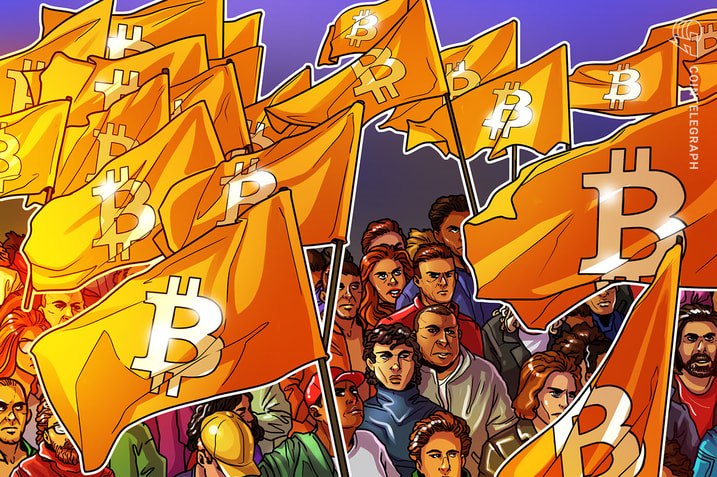
The Bitcoin Core v27 update is aiming to eject Ordinals from the Bitcoin blockchain. Proponents of the phenomenon should fork to their own chain.

Bitcoin Ordinals burst onto the scene in 2023 essentially as nonfungible tokens (NFTs) on the Bitcoin blockchain. The ensuing debate over Ordinals created a considerable fissure in the Bitcoin community, which had been relatively united since the great Bitcoin block size debate of 2016.
Rather than risk splintering the Bitcoin community into factions just as massive Wall Street firms gear up to issue Bitcoin ETFs, Bitcoin Ordinal supporters might consider a hard fork of Bitcoin (BTC) similar to Bitcoin Cash (BCH) and Bitcoin SV (BSV) so as to keep their NFT on-chain dream alive without the risk of their collectibles being nullified by Bitcoin core developers.
Hard forks occur when a blockchain splits into two. The original fork continues on as the pre-existing protocol and ledger. In this case, there would be no Ordinals moving forward on the original chain. The new fork changes the protocol in some way–such as an increase in block size–and then rolls it out as a coin oftentimes proclaiming to be the real Bitcoin as Satoshi Nakamoto envisioned.
Related: Bitcoin is evolving into a multiasset network
For instance, Bitcoin Cash forked from Bitcoin, while Bitcoin SV forked from Bitcoin Cash. Both the Bitcoin Cash and Bitcoin SV communities argue that Satoshi saw increased block size as the only way forward for scalability.
The Bitcoin Ordinals debate of 2023-2024
Today’s debate around Bitcoin and Bitcoin Ordinals involves two entrenched factions. In one corner, Bitcoin maximalists argue that Ordinals undermine Bitcoin’s preeminent use as digital gold or electronic currency. They view Ordinals as a bug or even an outright attack on the Bitcoin protocol.
PSA: “Inscriptions” are exploiting a vulnerability in #Bitcoin Core to spam the blockchain. Bitcoin Core has, since 2013, allowed users to set a limit on the size of extra data in transactions they relay or mine (`-datacarriersize`). By obfuscating their data as program code,…
— Luke Dashjr (@LukeDashjr) December 6, 2023
Proponents of Ordinals, on the other hand, would argue that Ordinals were made possible by Bitcoin protocol changes made by core developers themselves. These include Bitcoin transaction format changes in the Segregated Witness (SegWit) upgrade as well as the Taproot upgrade. Proponents believe Ordinals represent innovation.
Ordinal pushers equate scarcity and high prices with artistic value.
This is a false equivalency. Taken in an historical context, it’s risibly foolish.
This is why the post-market for these things, like the shitcoins they mimic, is collapse.
And, for those who look only at…
— Max Keiser (@maxkeiser) December 15, 2023
In recent months, the debate has reached a fever pitch with both sides increasingly digging in, with Bitcoiners including Max Keiser and developer Luke Leighton leading the charge against Ordinals.
Bitcoin Core v27 will make future Ordinals impossible on the Bitcoin blockchain
Bitcoin core developers are planning to make Ordinals impossible to add to transactions on the Bitcoin blockchain with Bitcoin Core v27, thus repairing the perceived bug. Pre-existing Ordinals would remain as the pending change in Bitcoin Core v27 only stops new Ordinals from being minted. That bitcoin v27 is in the works demonstrates that developers and nodes, not so much Ordinals buyers and miners, have ultimate say as to what Bitcoin’s protocol looks like.
Related: Ordinals have brought digital spam to Bitcoin
Rather than fight an uphill battle against a Bitcoin community on the verge of eliminating future Ordinals at the protocol level, the Bitcoin Ordinal camp could follow the examples set by Bitcoin Cash and Bitcoin SV by forking and building a Bitcoin Ordinals chain without the threat of core developers nullifying their hard work.
There is a reason, after all, both Bitcoin Cash and BitcoinSV opted for a hard fork. The Bitcoin community united against anything that resembled a wholesale change at the protocol level. The current Bitcoin regime seems intent on undoing Bitcoin Ordinals.
Bitcoin Ordinals could proliferate on their own chain
Bitcoin is becoming increasingly divided at this critical juncture in its history. The infighting makes the incumbent Bitcoin community look immature and risks Bitcoin losing its core principles of decentralization and financial sovereignty as institutional money comes pouring in on a new scale.
Now is the time for the Bitcoin community to be united. Now is the time for another hard fork to preserve Bitcoin as the world’s digital gold and/or electronic cash. A Bitcoin Ordinals chain is more likely to succeed than an all-out fight akin to the debate over block size. Moreover, Bitcoin miners are likely to favor an Ordinals chain after experiencing the heightened transaction fees that came in 2023 as Ordinals proliferated.
Kadan Stadelmann is a blockchain developer and the Komodo Platform’s chief technology officer. He graduated from the University of Vienna in 2011 with a degree in information technology before attending the Berlin Institute of Technology for technical informatics and scientific computing. He joined the Komodo team in 2016.å
This article is for general information purposes and is not intended to be and should not be taken as legal or investment advice. The views, thoughts, and opinions expressed here are the author’s alone and do not necessarily reflect or represent the views and opinions of Cointelegraph.

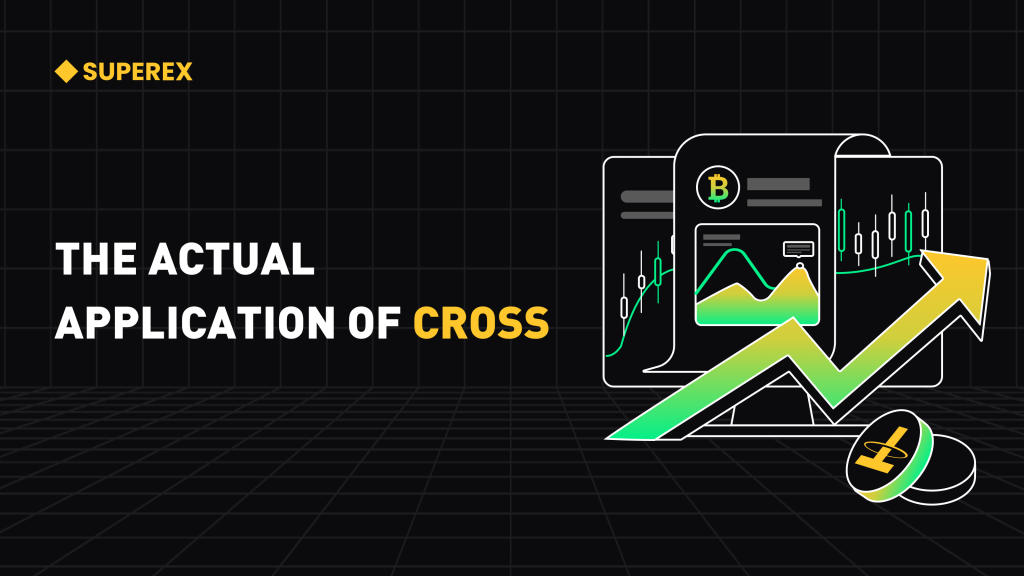
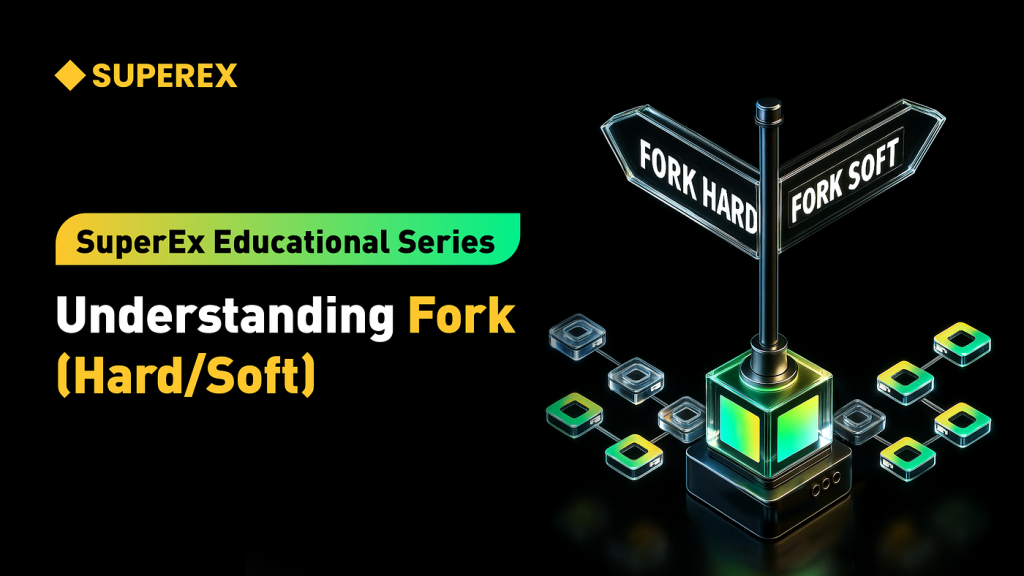
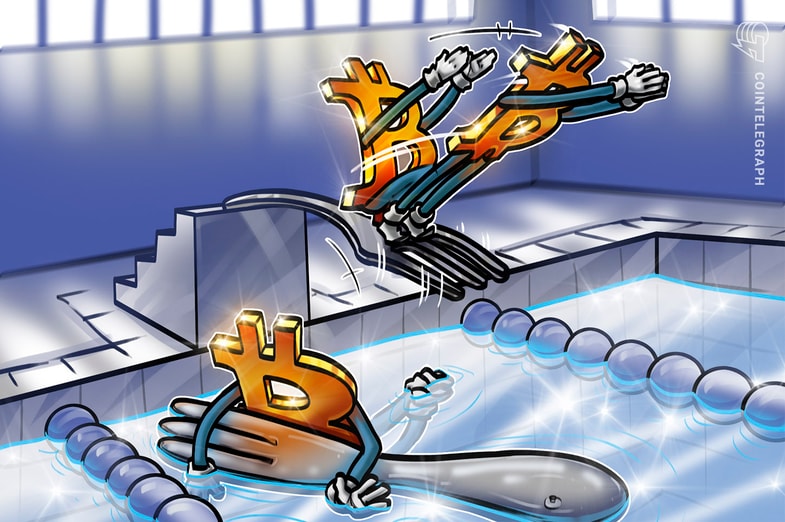
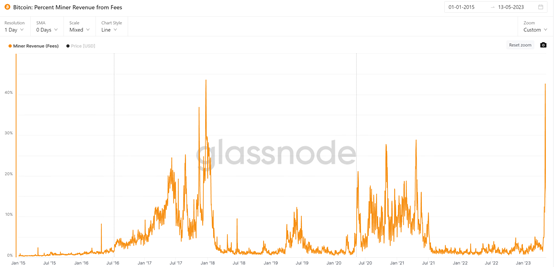

… [Trackback]
[…] Here you will find 71282 additional Info to that Topic: x.superex.com/news/bitcoin/1900/ […]
… [Trackback]
[…] Here you can find 45906 additional Information on that Topic: x.superex.com/news/bitcoin/1900/ […]
… [Trackback]
[…] Find More here to that Topic: x.superex.com/news/bitcoin/1900/ […]
… [Trackback]
[…] Read More on to that Topic: x.superex.com/news/bitcoin/1900/ […]
… [Trackback]
[…] Here you will find 78158 more Info to that Topic: x.superex.com/news/bitcoin/1900/ […]
… [Trackback]
[…] Read More Info here to that Topic: x.superex.com/news/bitcoin/1900/ […]
… [Trackback]
[…] There you can find 581 additional Information to that Topic: x.superex.com/news/bitcoin/1900/ […]
… [Trackback]
[…] Here you can find 22784 additional Information to that Topic: x.superex.com/news/bitcoin/1900/ […]
… [Trackback]
[…] There you can find 48580 additional Information to that Topic: x.superex.com/news/bitcoin/1900/ […]
… [Trackback]
[…] Info on that Topic: x.superex.com/news/bitcoin/1900/ […]
… [Trackback]
[…] Read More to that Topic: x.superex.com/news/bitcoin/1900/ […]
… [Trackback]
[…] Information to that Topic: x.superex.com/news/bitcoin/1900/ […]
… [Trackback]
[…] Read More here to that Topic: x.superex.com/news/bitcoin/1900/ […]
… [Trackback]
[…] Here you can find 46152 additional Information on that Topic: x.superex.com/news/bitcoin/1900/ […]
… [Trackback]
[…] Find More to that Topic: x.superex.com/news/bitcoin/1900/ […]
… [Trackback]
[…] Find More Info here on that Topic: x.superex.com/news/bitcoin/1900/ […]
… [Trackback]
[…] Read More Info here on that Topic: x.superex.com/news/bitcoin/1900/ […]
… [Trackback]
[…] Read More on on that Topic: x.superex.com/news/bitcoin/1900/ […]
… [Trackback]
[…] Here you can find 84107 additional Info on that Topic: x.superex.com/news/bitcoin/1900/ […]
… [Trackback]
[…] Read More to that Topic: x.superex.com/news/bitcoin/1900/ […]